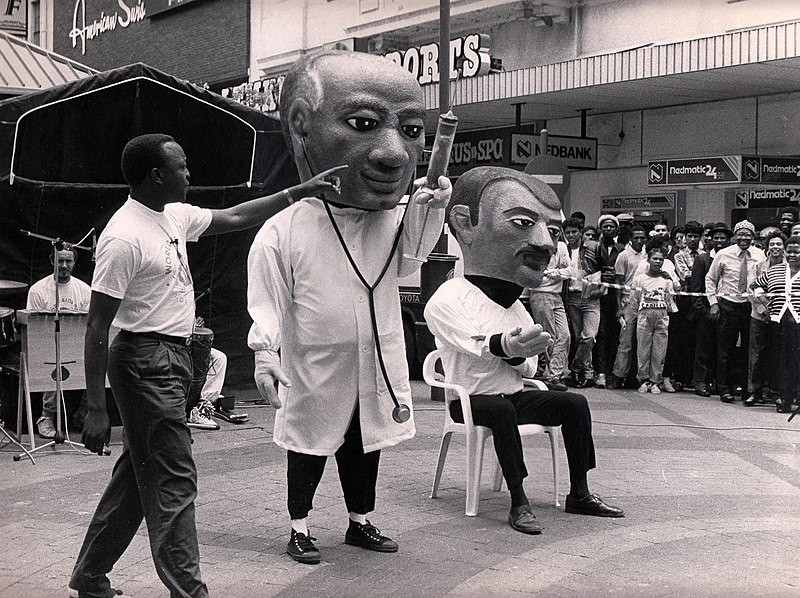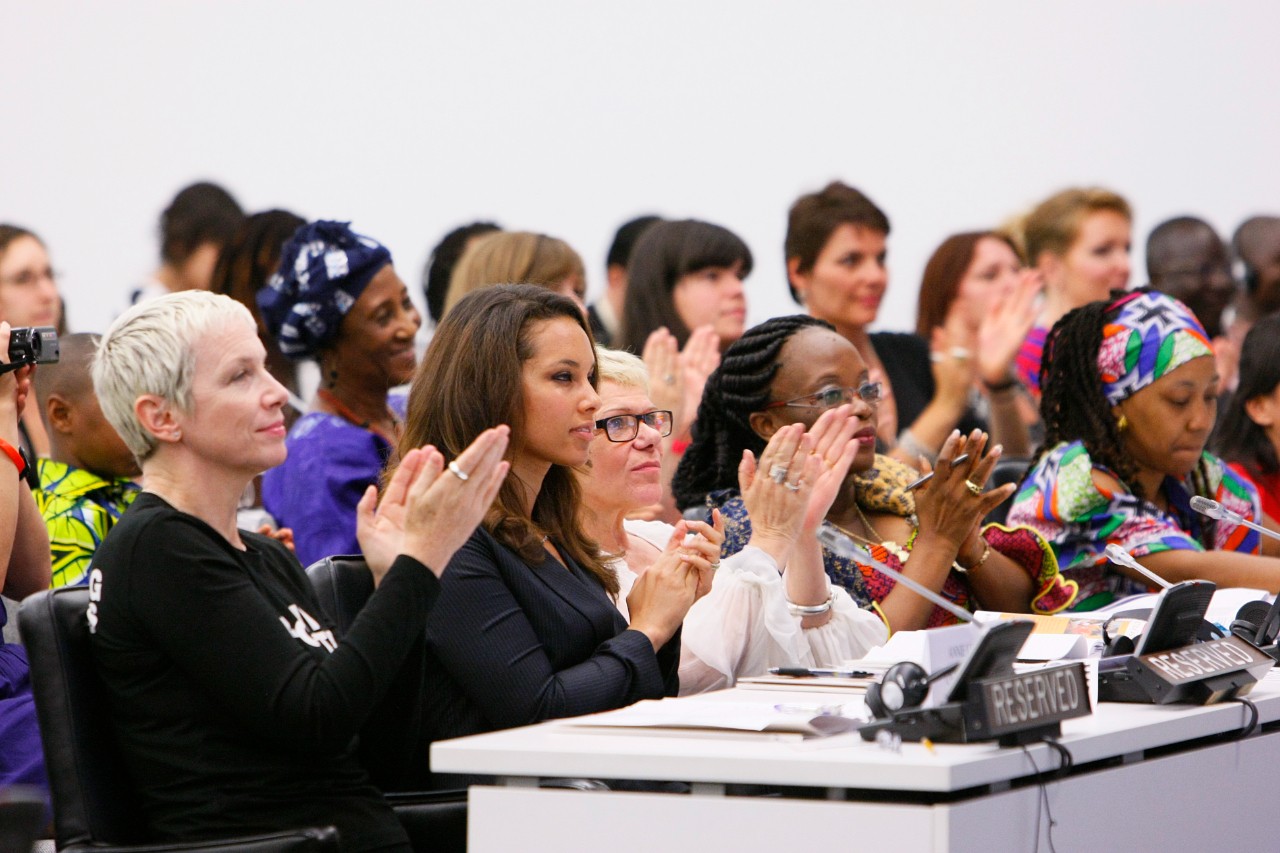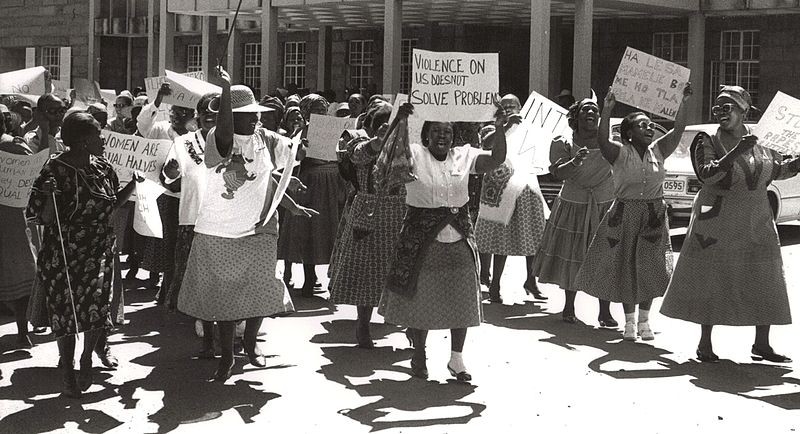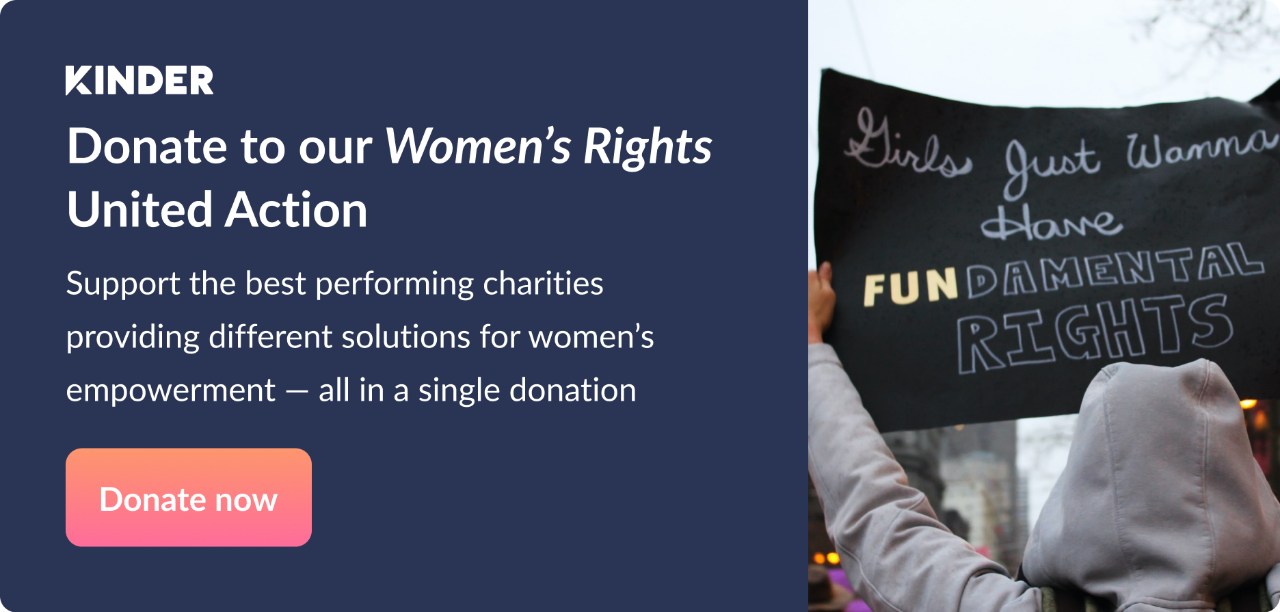To put it lightly, in the 1980s the outlook for people with HIV was grim. With no effective treatment at the time, HIV positive people faced severe illness and certain death within years. Fear, stigma and ignorance defined the HIV epidemic.
In a 2021 BBC article, people impacted by this virus in its early years shared their stories of fearing getting attacked on the bus for wearing a red ribbon on World AIDS Day, or being afraid that a colleague would use their cup or spoon and worry about catching AIDS, or attending a funeral every week and facing the uncertainty of who was going to go next…
Last year, at 53 years old, Mike Phillips reflected on receiving his HIV diagnosis at the age of 23 and seeing it as a death sentence. Garry Brough, who also received his diagnosis in 1991 at 23 years old recalled thinking “I am going to be dead before I am 30”. Garry and Mike are alive decades later than they’d initially anticipated in large part because of major advances in HIV treatment and medical care since their diagnoses.
Now roughly 40 years since the virus was first isolated there are reliable tests, effective treatments and a range of preventative options. With early diagnosis, access to high-quality medical care, and adherence to treatment, a person living with HIV can expect to live as long as their peers who don’t have HIV.
But not everyone has access to these health-preserving resources.

Vulnerable groups, including women, are being left behind
HIV continues to disproportionately affect vulnerable peoples. As pointed out by WHO, men who have sex with men, people who inject drugs, people in prison, sex workers, and transgender people are often discriminated against and excluded from health services. UNAIDS reported in 2020 that these key populations and their sexual partners made up 65% of new HIV infections globally.
In a study exploring female sex workers’ perspectives on HIV service access in Uganda, someone was even quoted as saying “When they know that you are a sex worker, you will be the last person to be treated or else they will tell you to come back the next day.” Sometimes the signs of rejection by health workers were non-verbal. In the same study, a sex worker expressed that “You can read the health worker’s face which shows that he is looking at something very bad and it makes you feel very bad. When they see us, they see us as animals.”
Stigma, discrimination, social inequalities and exclusion have been, and continue to be, key barriers in the fight against HIV.
And so the HIV epidemic rages on, despite major medical advances. According to UNAIDS, in 2020 only 84% of the 37.7 million people living with HIV knew their status. This means that around 6.1 million people did not know that they were living with HIV. That same year, only 73% of HIV positive people were getting treatment, and 680,000 people died of AIDS-related illnesses. This is a terrible loss.
Women and girls remain particularly at risk of HIV. Transgender women have a 34 times higher risk of getting HIV and are 49 times more likely than the general population to be living with HIV. Contrary to popular belief, in 2020 , 53% of all people living with HIV were women and girls. Worldwide, women aged 15-24 are twice as likely to become infected with HIV as men of the same age, and for women aged 15-49, AIDS-related deaths remain the leading cause of mortality.

HIV starts to impact girls and boys differently at adolescence
Distribution of HIV infections by gender varies significantly by region, as well as in the way it’s transmitted. This reflects regional differences in ‘risk behaviours’ — and local gender norms. In Eastern and Southern Africa girls accounted for 83% of new HIV infections among adolescents (people aged 10-19), and in West and Central Africa, for 78%. But, in East Asia and the Pacific, boys accounted for 65% of new HIV infections.
Overall, global research shows that in the first 10 years of life, there aren’t many gender differences in HIV infections. In 2019, there were 76,000 new infections in boys under the age of 9, and 73,000 in girls of that same age range.
But between the ages of 10 and 19 these figures make a big leap, with 44,000 boys newly infected with HIV compared to around 130,000 in girls of the same age. Meaning in 2019, girls accounted for 75% of new HIV infections among people aged 10-19.
Why are women and girls at greater risk from the HIV epidemic?
There are many reasons women and adolescent girls are at increased risk of HIV infection. According to UNICEF, these include early and forced marriage, gender-based violence, unequal access to information (including sexual health knowledge) as well as a lack of negotiating power and economic autonomy.
Because of unequal power dynamics with men, women also face barriers in the negotiation of safer sex. Women often have less information about HIV so can’t take preventative measures.
In 29 countries women need consent from their spouses or parents to access sexual and reproductive health services. These services remain essentially inaccessible to young women because they are often set up for married women with children, and don’t meet the needs of unmarried young women and adolescent girls.
Women who don’t conform to gender norms surrounding sexual behaviour often face stigma and discrimination. There is often fear of judgement from healthcare workers and feelings of shame, which stops a lot of women from accessing healthcare services.
Women are further discouraged from accessing these services because some healthcare providers carry out procedures without consent. This includes forced sterilisation, forced virginity examinations, and forced abortions.
Violence is a major reason why women and girls remain vulnerable to HIV. More than a third of women globally have experienced physical and/or sexual violence by an intimate partner, or sexual violence by a non-partner. According to Lancet women who experience intimate partner violence are less likely to use condoms, to access HIV testing and antiretroviral therapy and are less likely to stick to their treatment plans. In some regions, women who experience intimate partner violence are as much as 1.5 times more likely to acquire HIV.
In a vicious cycle HIV is both driven by gender inequality, while also reinforcing gender inequality, leaving women even more vulnerable to its impact.

What’s the way forward?
As Lancet put it: for the HIV epidemic to end so must gender inequality.
Multiple strategies are being used side-by-side to tackle the impact that HIV has on women and girls in particular. The focus is on gender equality and human rights.
This means investing in education, because studies show that keeping girls in school makes them less likely to get HIV. It’s also important that context-specific comprehensive sexuality education (CSE) is available; because it gives people the knowledge and skills to make conscious, healthy, and respectful choices about relationships and sexuality.
Supporting laws that address violence against women is key. When laws and polices protect women from violence, they signal zero-tolerance for violence against women. This protects survivors from further violence, and gives survivors justice. And where good laws are in place, they of course need to be properly enforced.
Legal reform is needed to help end harmful criminalisation and coersion based on sexuality, sexual activity, HIV status, drug use or gender. It’s important to invest in policies and programmes that promote gender equality because these create an environment where efforts to reduce violence against women (and reduce their vulnerability to HIV) are successful and sustainable.
Importantly, women must be empowered. This includes ending discrimination in economic opportunities. UNAIDS reported that only 88 out of 190 countries have laws mandating equal pay for equal work. Empowering women financially and otherwise would allow them to practice safer sexual, reproductive and general health behaviours, and increase their confidence in and ability to seek and access key services.
For any of these efforts to work, it’s important to listen to women and include them in programme/service design and implementation. Fortunately, there are a number of great organisations taking this onboard and fighting HIV by fighting for gender equality and the protection of human rights. Check out a few of these organisations below, and feel free to support them in any way you can.





